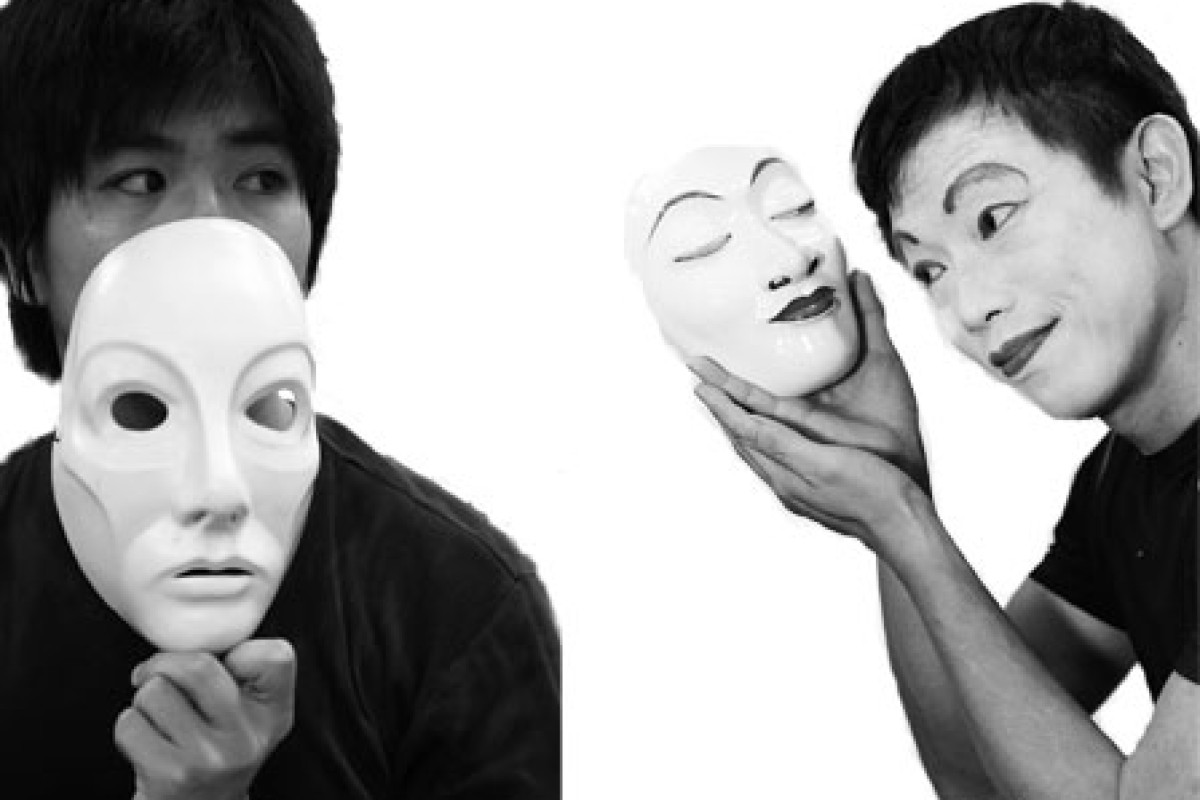
Festival organisers hope an annual event will help promote an unconventional art which has quietly grown in Hong Kong over the past 25 years, writes Timothy Chui.
Silent theatrical performances have been around since the days of classical Greek masked pantomimes and classical Indian musical theatre, while elements can been seen in Japanese Noh theatre.
Mime transcends language barriers by telling stories without the use of speech, giving it a sort of Mr Bean appeal - but not necessarily as silly. The word 'mime' comes from the Greek for 'imitate' and shows are often a case of art imitating life.
But despite its long history and simple appeal, mime has taken a while to gain popularity here.
Mime Touch Theatre (MTT) was the first registered mime company in Hong Kong, one of only a handful in the city. Founded in 1988, the group's traditional white face performances are its core, but it also encourages experimenting within the genre, throwing elements of clowning, illusion, light effects and masks into the mix.
In collaboration with a dozen other charity, media and arts groups, including the Fringe Mime and Movement Laboratory (FMML), MTT co-hosted the first annual Hong Kong Mime Festival earlier this month.
Hong Kong mime theatre first appeared at the 1984 Fringe Festival. The local mime scene was given a boost when Laboratory founder Philip Fok Tat-chiu started offering external courses with the Chinese University of Hong Kong (CUHK) and the Hong Kong Arts Centre in 1986. The following year, he established FMML, while CUHK graduates started forming groups such as MTT.
'Mime plays an important role in performing art. Many people, especially children, like mime, but there are relatively few mime artists and performances, especially in the Asian region,' Fok says.
But, he adds, 'mime is a [European] cultural tradition, and it is different from ... Asian culture, [so] perhaps Asian people find it quite unfamiliar.'
Hong Kong Mime Festival Association art director Wong Kwok-chung says an annual festival is needed to promote the art form.
'There has been some progress in [mime's] development but even though the number of performances has increased, most people still don't know much about mime theatre,' he says.
One group embracing the genre in the city is the deaf and mute community, who can use the art to communicate with hearing audiences. Many of this year's participating artists come from or work with the Arts with the Disabled Association. These include actors from Hong Kong Theatre of the Deaf, associate artistic director of Theatre of the Silence Edwin Chan Yue-fat and mime artist Bob Wong Chin-hoi, both of whom are deaf.
The appeal of mime is therefore in its silence and ability to break barriers, while still conveying very specific messages.
'Mime theatres all over the world are reflecting the traditions of their own regions according to the differences in environment and cultures. Mamako Yoneyama in Japan is full of the spirit of Zen, and the Mummenshanz Swiss Mime Maks Theatre is full of creativity and abstract body language,' Wong says.
'I hope future Hong Kong Mime Festivals will attract local mime artists to perform and demonstrate the development of mime theatre in contemporary Hong Kong.'
